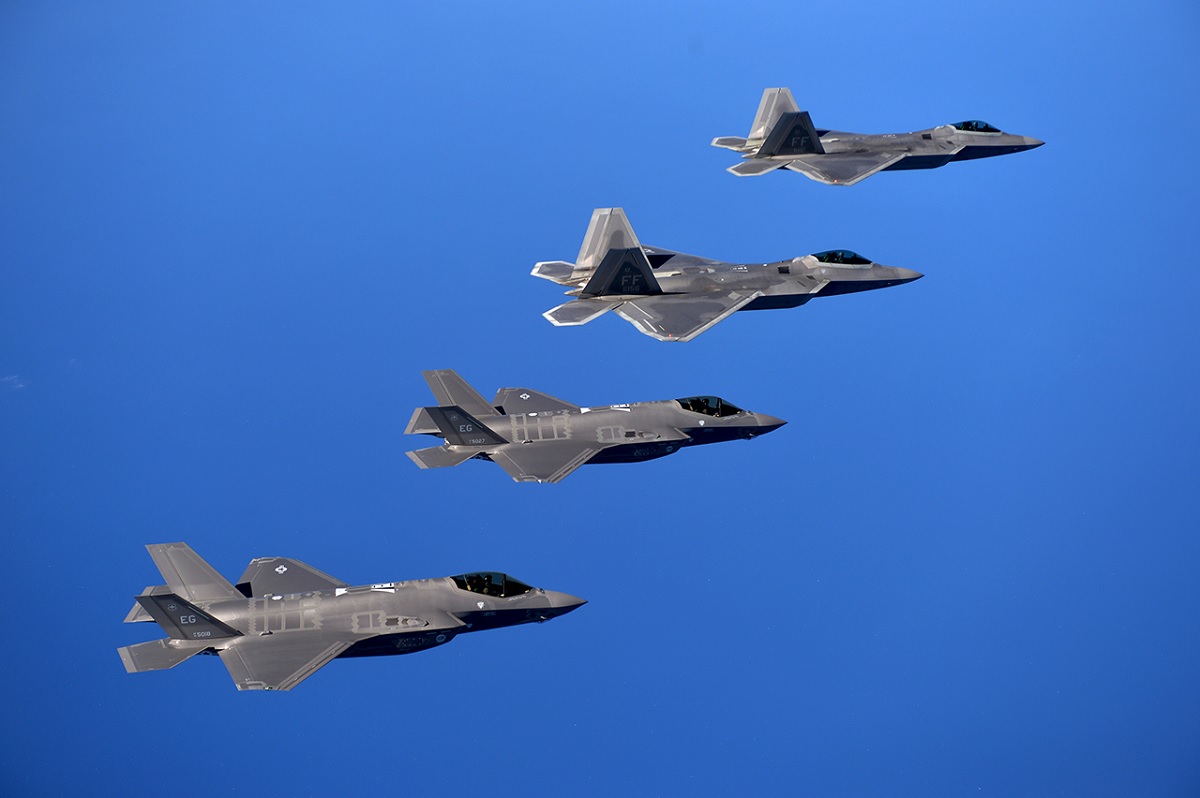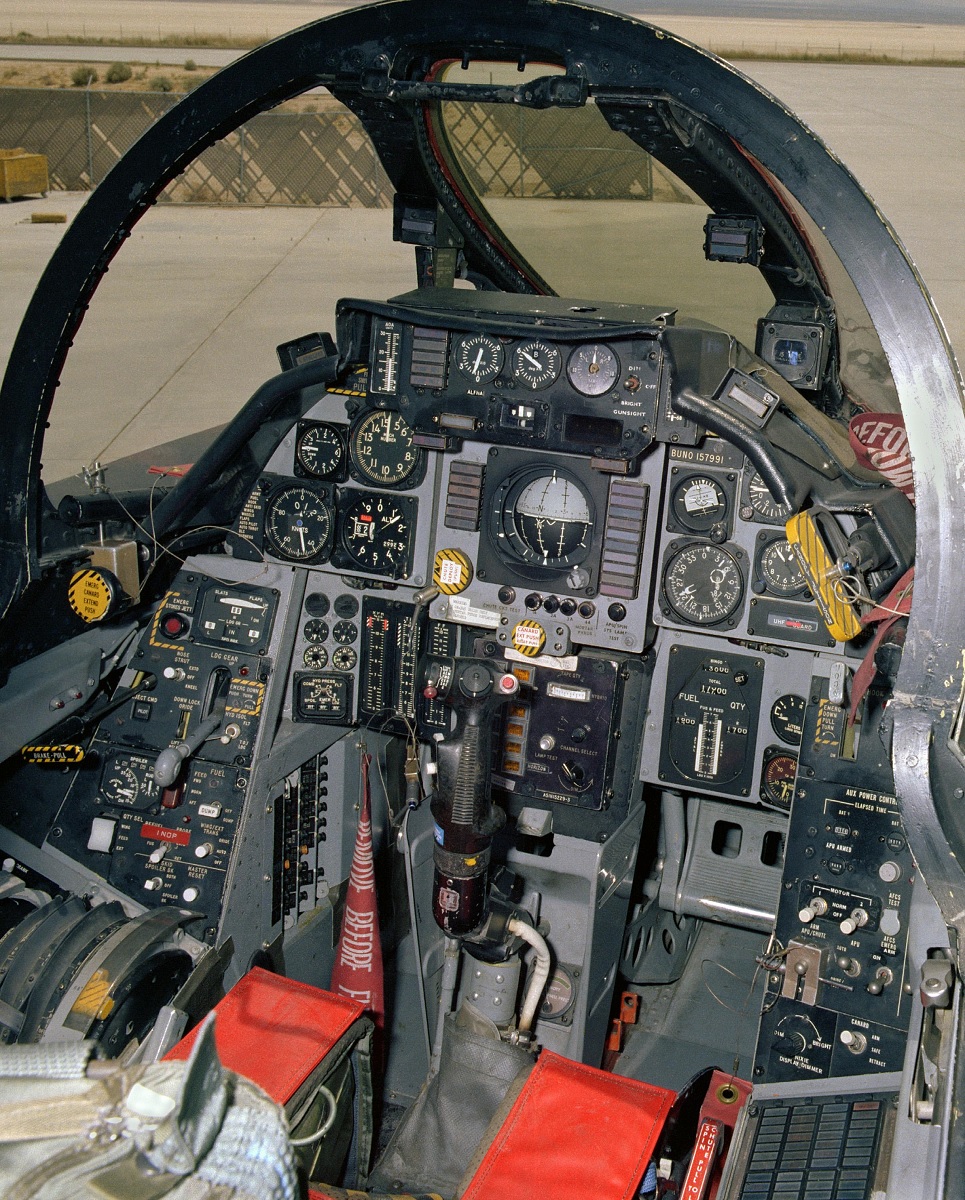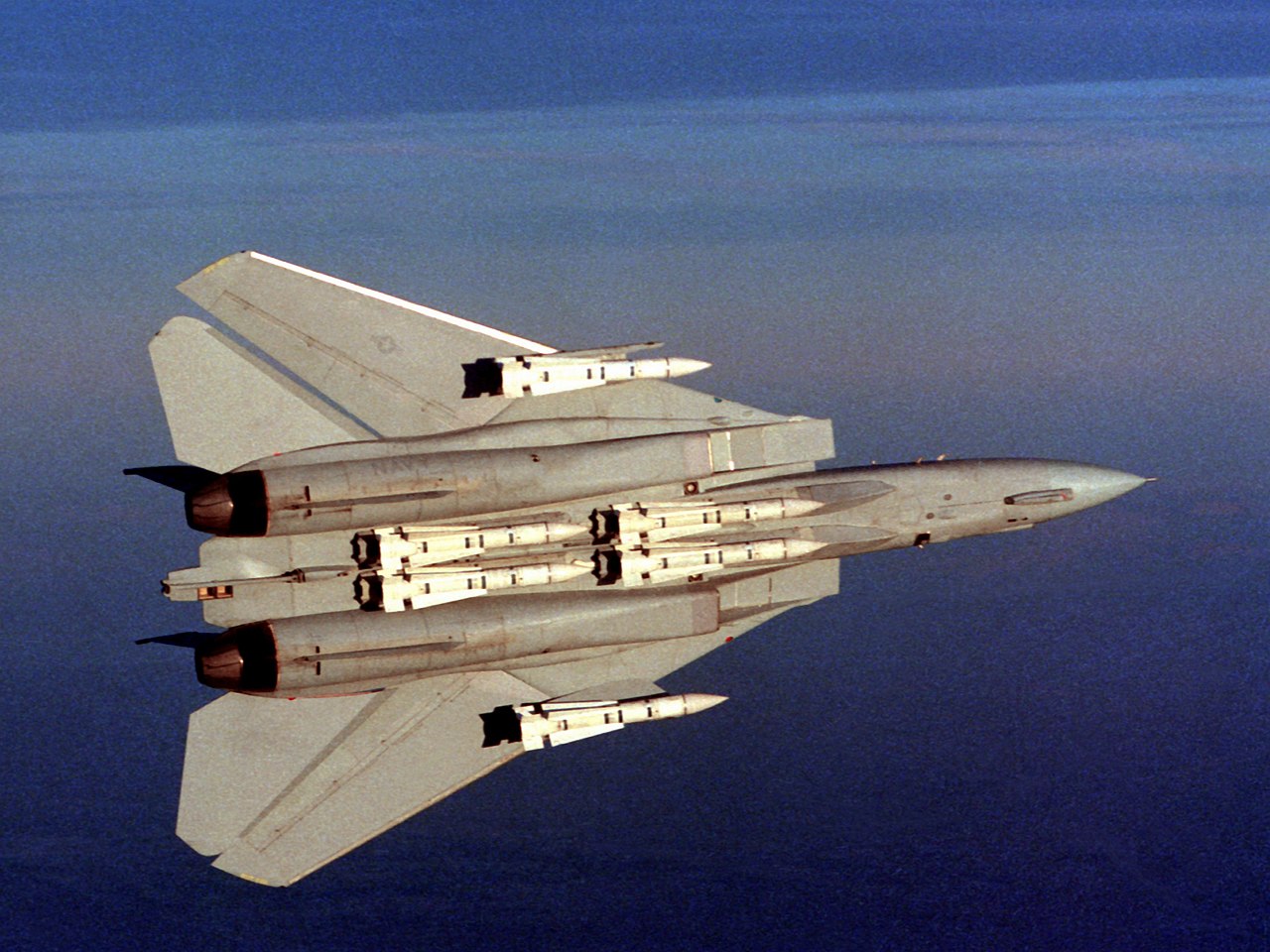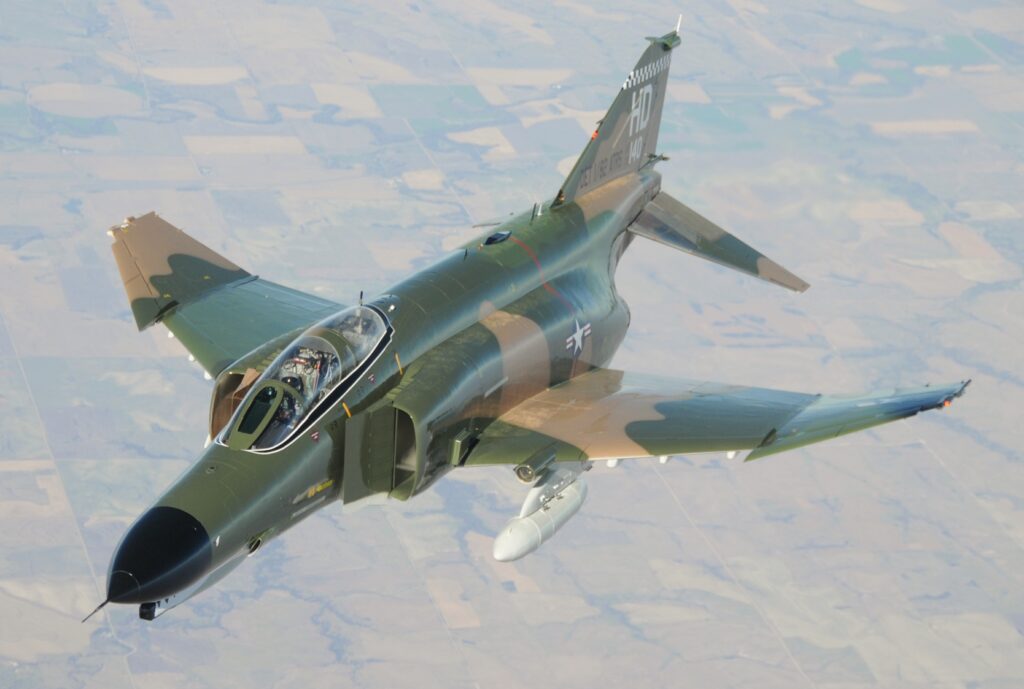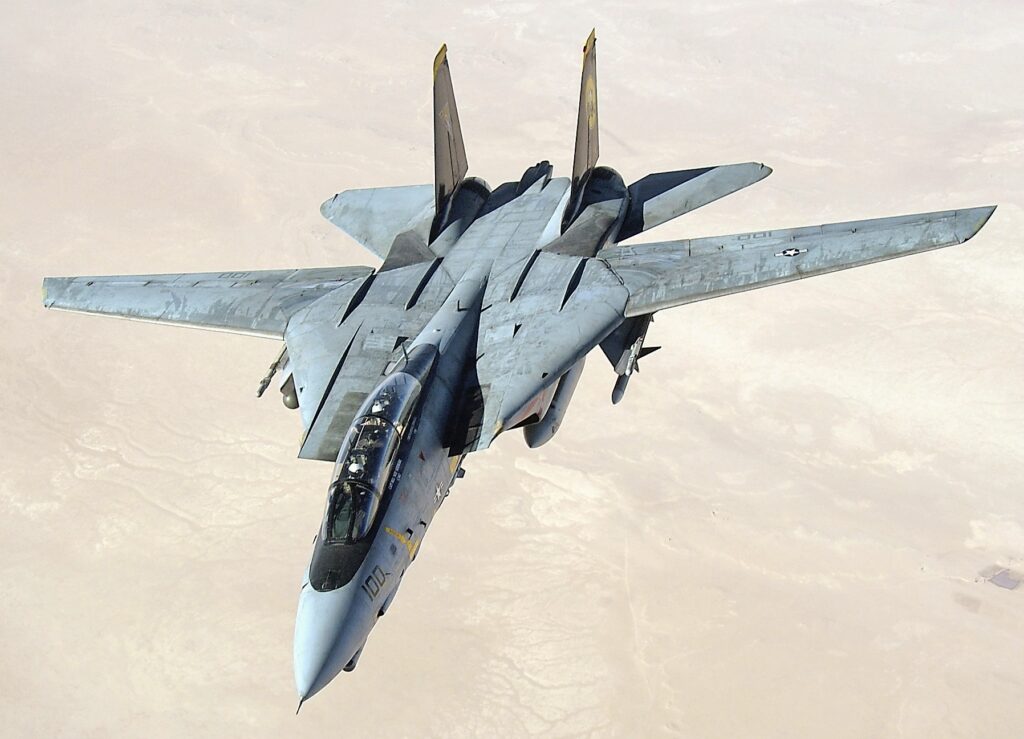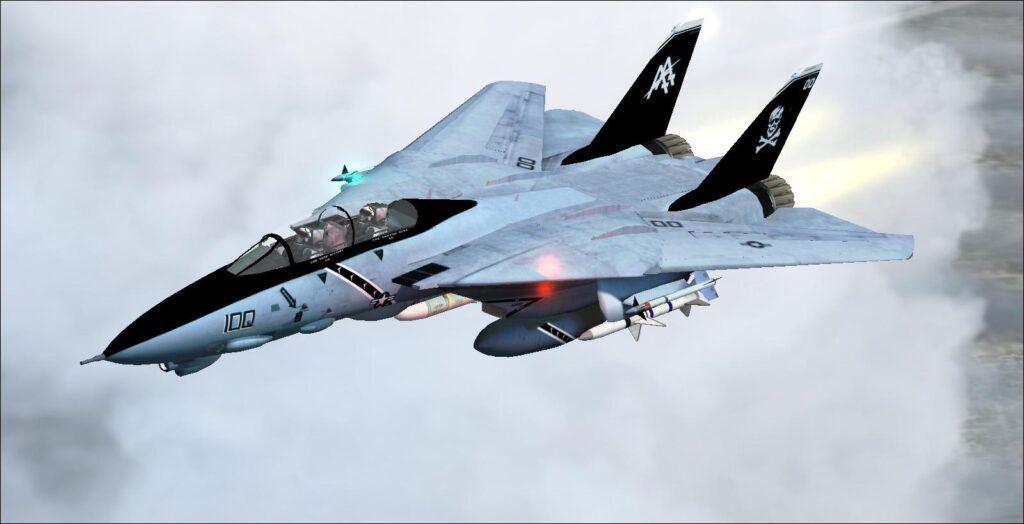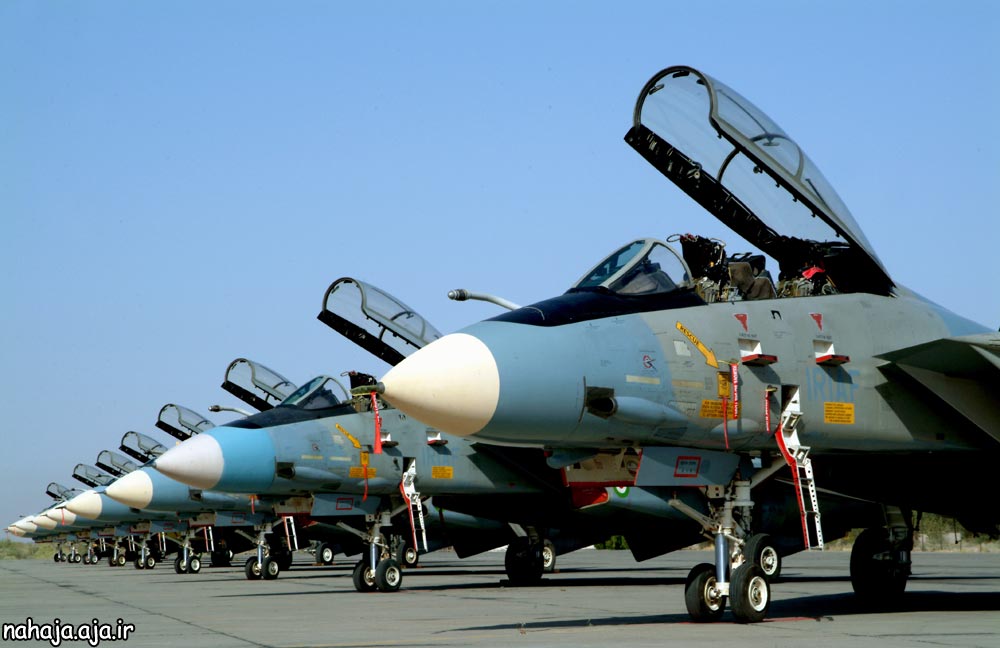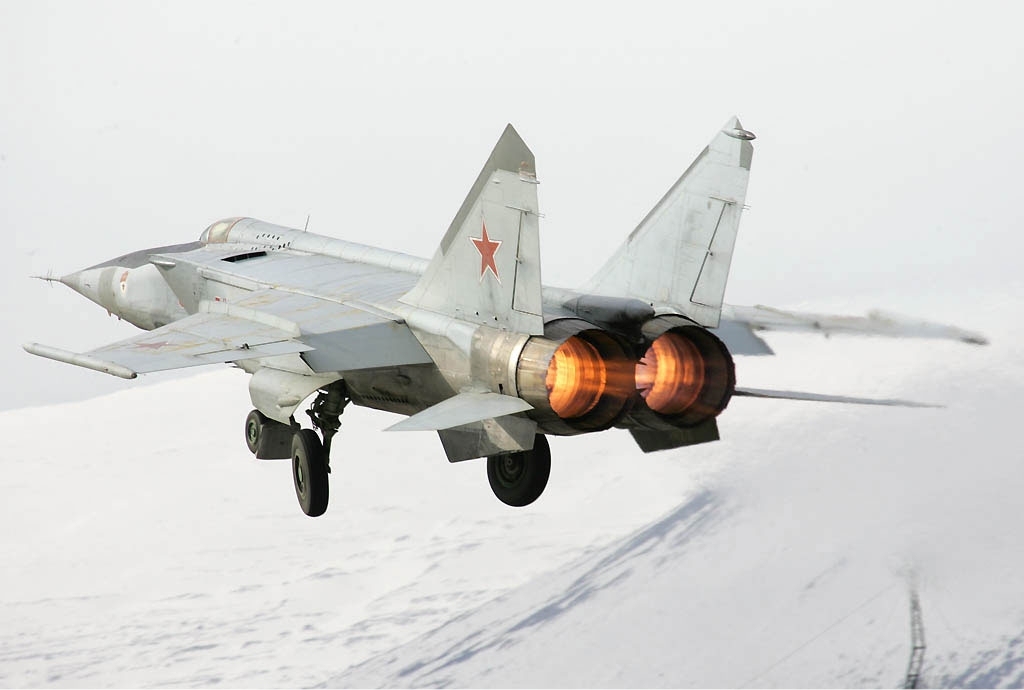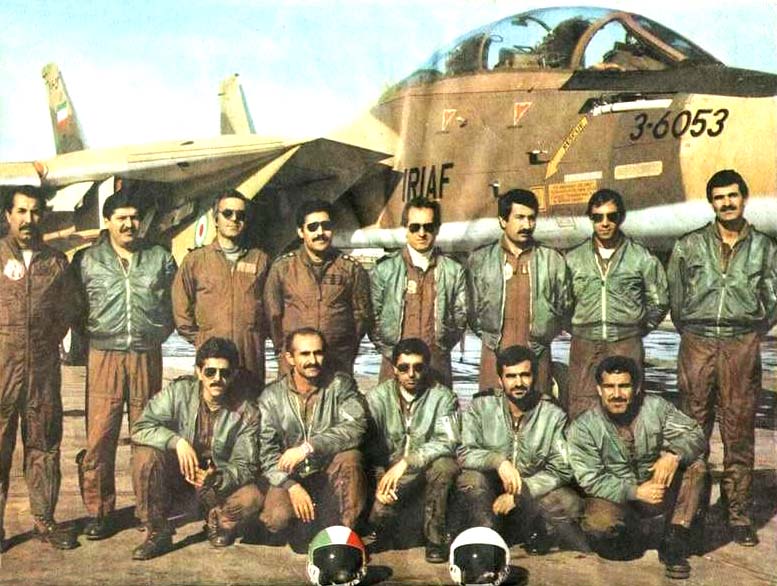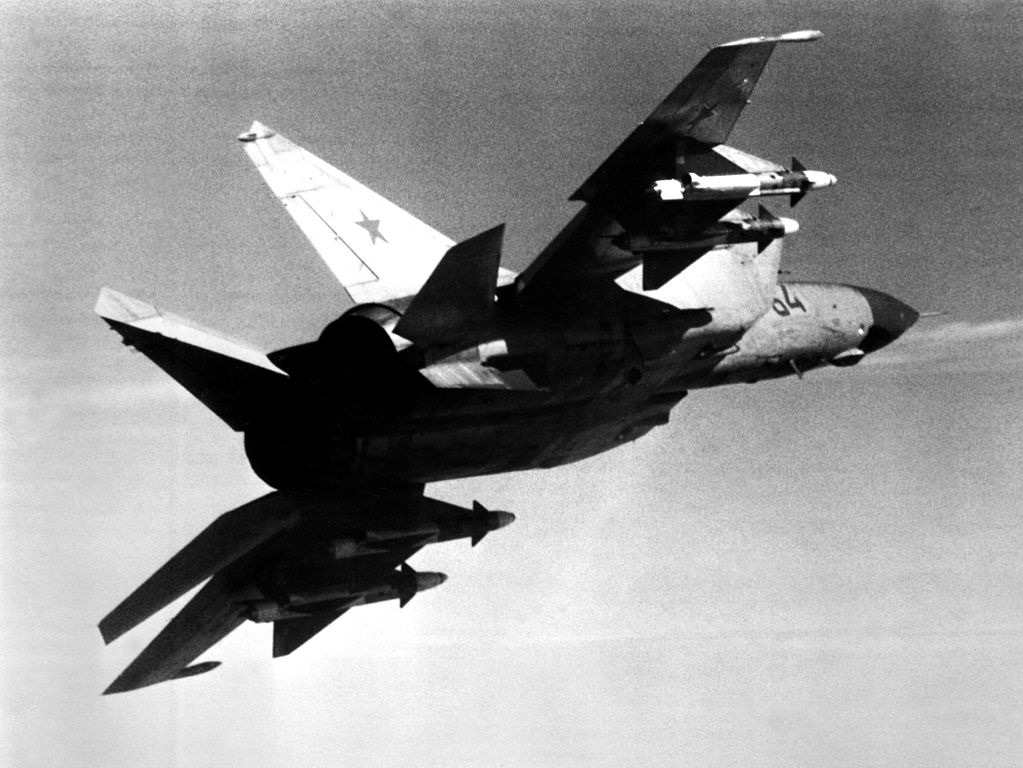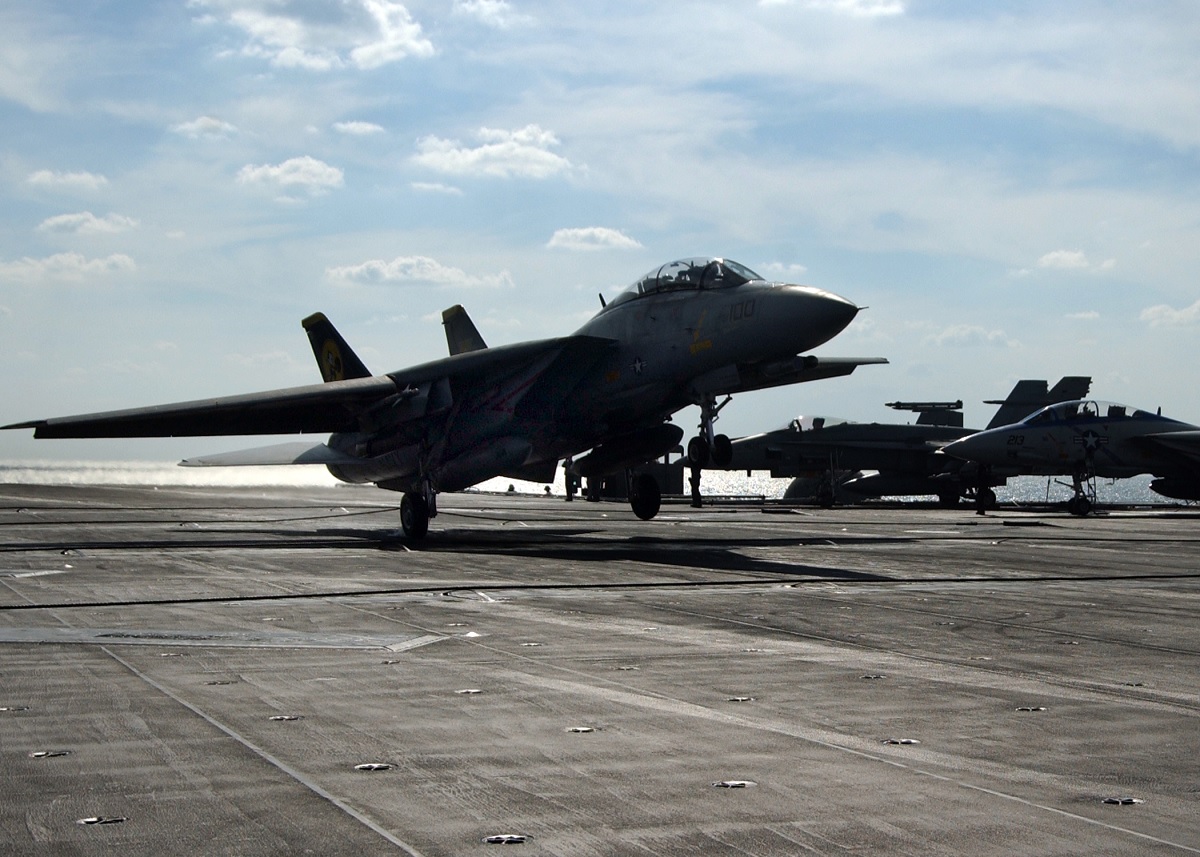Many people still mistakenly assume that the F-15s used in Operation Wooden Leg were F-15E Strike Eagles, but the strike package was created by IAF F-15Cs and Ds that had been modified in the summer of 1985
The Israeli Air Force (IAF) chose the F-15 after assessing the aircraft’s air-to-air performance and whether the Eagle design would allow it to function as an all-weather strike fighter. The Baz, as the IAF referred to its F-15s, stunned the world in 1985 by carrying out the longest air attack in IAF history. This came after the aircraft had been modified to carry out long-range precision strike missions in the 1980s.
On September 25, 1985, three unarmed Israeli tourists who were vacationing on their yacht off the coast of Larnaca, Cyprus, were killed by Force 17, a division of the Palestine Liberation Organization (PLO). On October 1, 1985, the IAF launched “Operation Mivtza Regel Etz (Wooden Leg)” from Tel Nof Air Base against the PLO headquarters in Hammam al-Shatt, Tunisia, which is approximately twelve miles from the country’s capital, Tunis, in response for the unjustified murder of the three Israeli civilians.
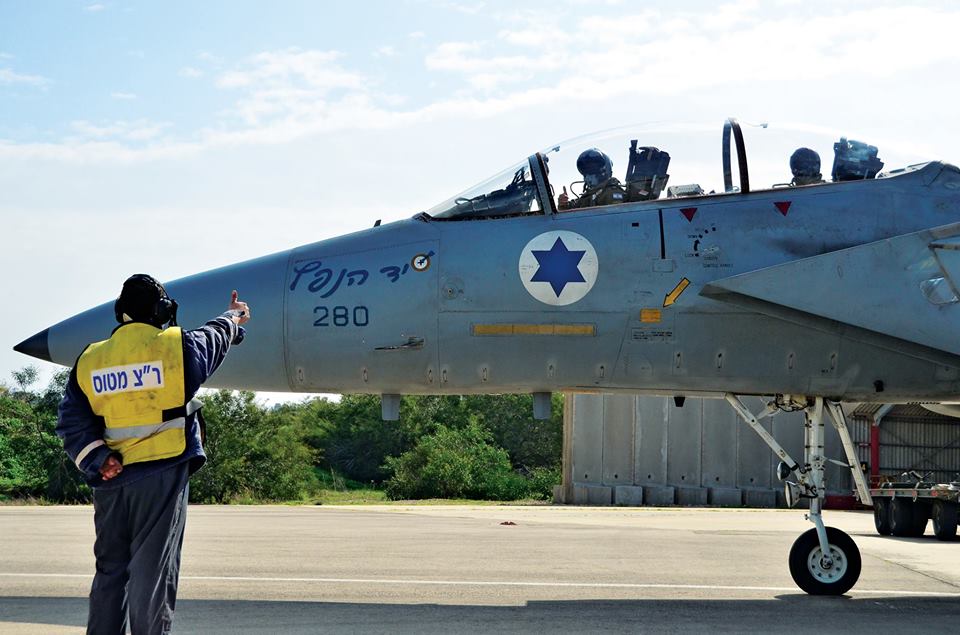
The operation would have been the longest air strike carried out by the IAF since Entebbe in 1976, as noted by Donald J. McCarthy, Jr. in his book “The Raptors All F-15 and F-16 aerial combat victories,” and also the first time the F-15 Baz was employed as a fighter bomber. Two modified Boeing 707 tankers from the Desert Giant squadron would meet the strike aircraft over the Mediterranean Sea to complete the long-distance mission, which required the aircraft to fly more than 1,280 miles over the open sea.
The mission would have been overseen by an airborne command post on a Boeing 707.
The Eagles chosen for the mission were the F-15s from Spearhead Squadron. The actual airstrike for Operation Wooden Leg was to be carried out by two flights of F-15s equipped with GBU-15 electro-optical glide weapons, hence the aircraft and aircrews were all “GBU-15 qualified.” Notable qualities of the GBU-15 include its great maneuverability and ideal, low- to medium-altitude delivery capabilities with pin-point accuracy.
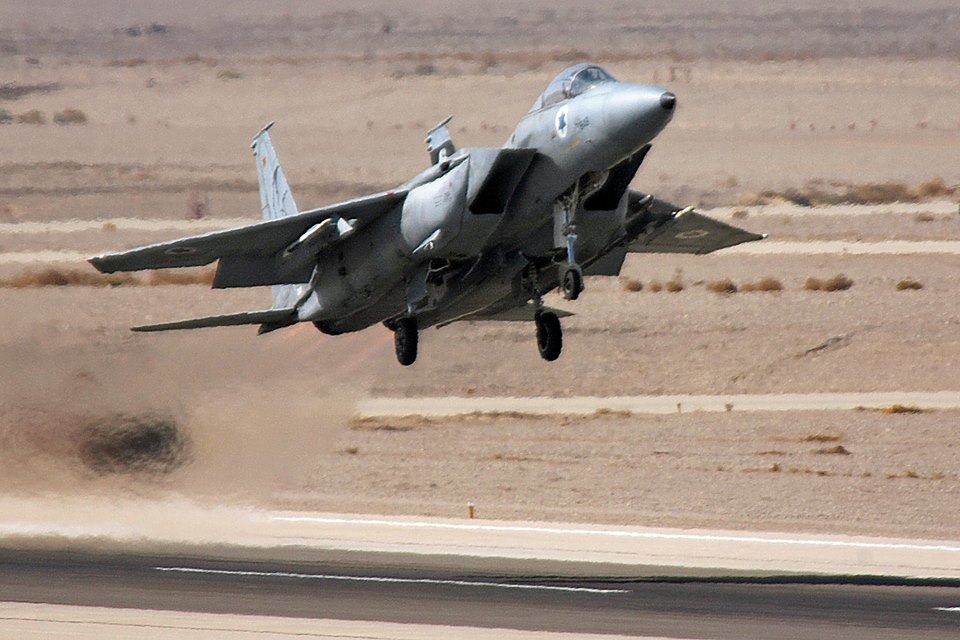
The first six F-15s (five of which were F-15D Nos. 280, 450, 455, 970, and 957) were tasked with delivering the GBU-15s to the PLO headquarters near the coast. Six 500 lb. Mk 82 bombs were carried on the centerline pylons of the final two F-15s (F-15C Nos. 530 and 840), which were outfitted with different weapons.
In six minutes, the airstrike destroyed practically the entire PLO complex, including the PLO’s chairman bureau and Force 17’s headhunters. In addition, 70 more terrorists were injured and between 60 and 100 terrorists were killed. The Tunisian and Syrian Air Forces were unable to stop the F-15s since the strike came as such a surprise. Indeed, the complex’s anti-aircraft defenses did not even attempt to attack IAF planes.
Israel’s attack on Yasser Arafat’s PLO was swiftly and unrelentingly condemned around the world; the United States, Israel’s closest ally, also voiced significant disagreements with Operation Wooden Leg.
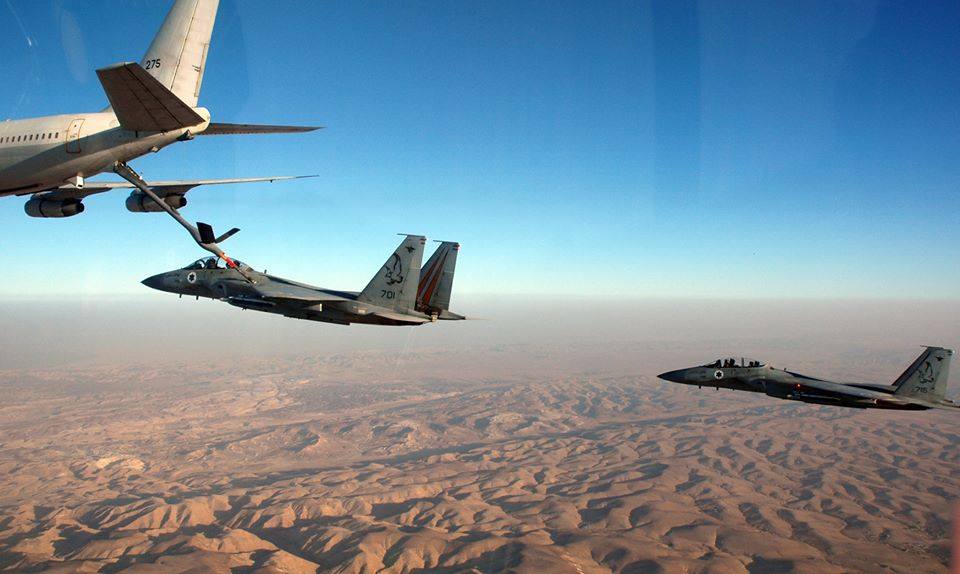
But according to McCarthy Jr., the most pressing questions for Israel’s enemies were: “How did Israel carry out the longest-range attack in its history? How were they able to avoid detection from Egyptian and Libyan radar units, and even from U.S. Navy ships deployed in the Mediterranean?”
The IAF personnel had the vision to fully appreciate Baz’s multirole capabilities when the F-15 was chosen, which is the answer to the questions. Also, after the aircraft started serving the IAF, planning to enhance its capabilities was started right away. Even Nevertheless, a lot of people continue to think that the F-15s used in Operation Wooden Leg were F-15E Strike Eagles.
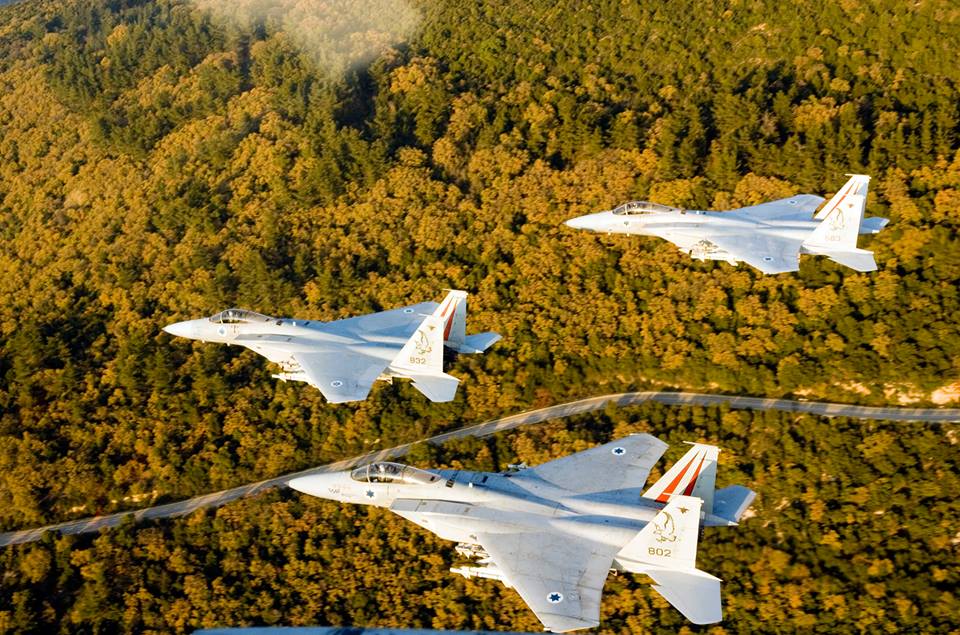
Instead, IAF F-15Cs and Ds created and modified the strike package used in Operation Wooden Leg in the summer of 1985, which was before the arrival of the first F-15Es in April 1988. In fact, improvements like the insertion of conformal fuel tanks (CFTs) provided the F-15s the capacity to carry out long-range missions, even if many crucial aspects of Operation Wooden Leg remain classified. Advanced weapons control, radar, and electronic warfare systems were other advancements.
The Raptors All F-15 and F-16 aerial combat victories is published by Schiffer Publishing and is available to order here.
Photo by Israeli Air Force Facebook Page







